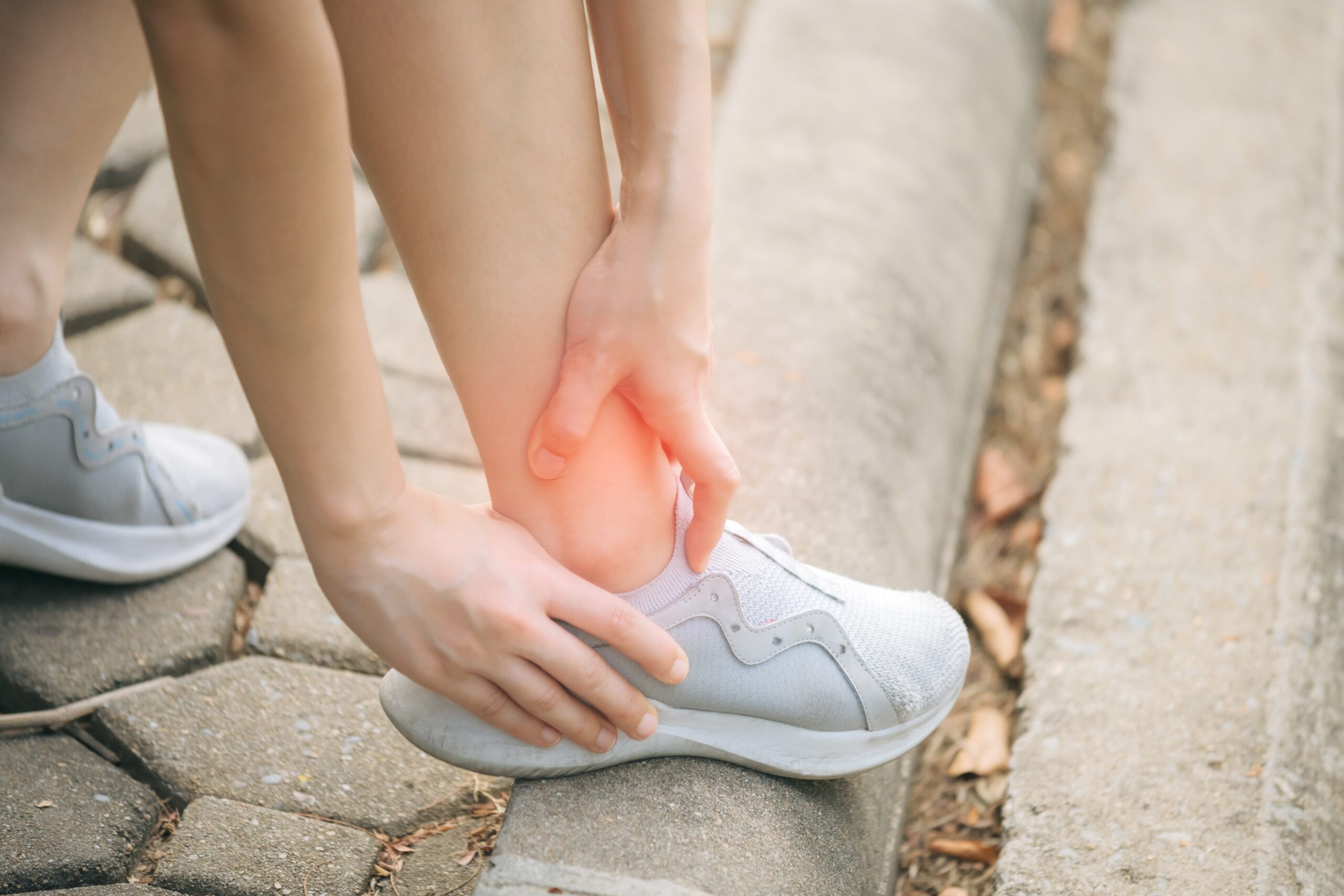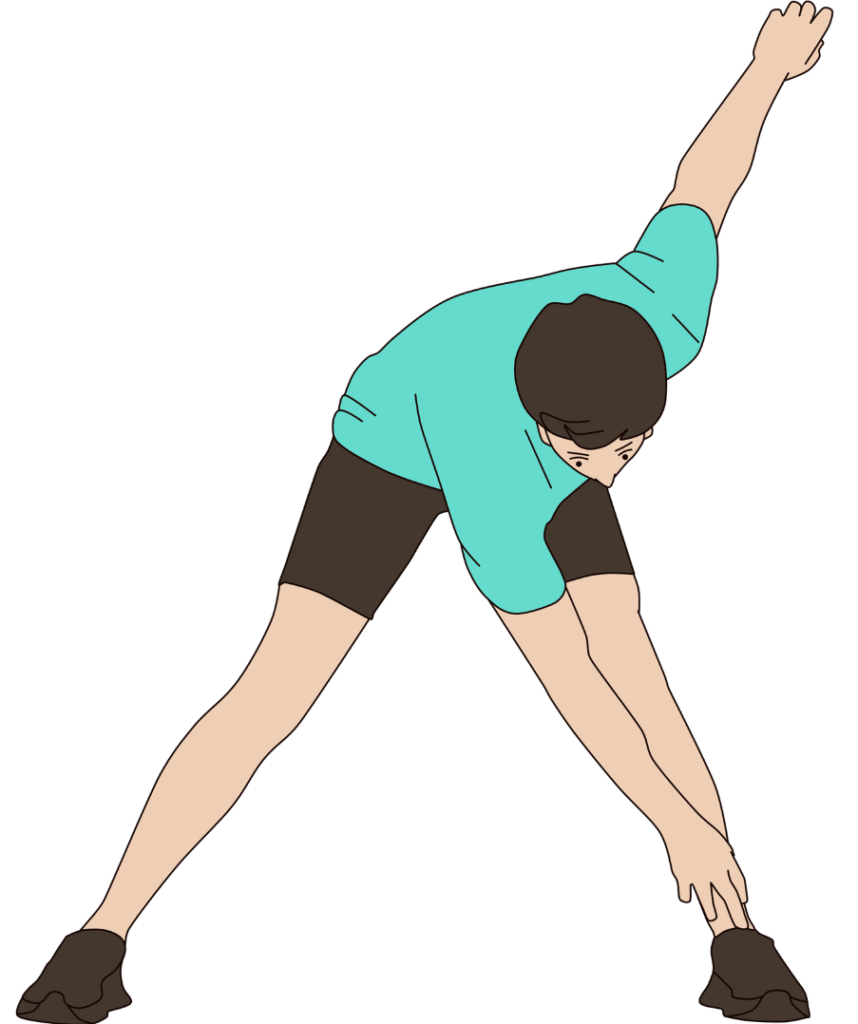Most running-related injuries strike suddenly, not gradually, challenging everything we thought we knew about overuse injuries.
Story Snapshot
- Major study reveals sudden onset of most running injuries.
- Prevailing injury prevention advice and sports watch algorithms questioned.
- Research tracks 5,205 runners over 18 months.
- Calls for a re-evaluation of training and injury prevention strategies.
Paradigm Shift in Understanding Running Injuries
Runners worldwide have long been told to monitor their training load gradually to avoid overuse injuries. But a groundbreaking study led by Aarhus University suggests that most running injuries happen suddenly. This research tracked 5,205 runners from 87 countries, capturing over half a million running sessions, and found that abrupt changes in distance or intensity often precipitate these injuries. This defies the traditional belief that overuse injuries develop slowly and could revolutionize how runners approach their training.
Lead author Associate Professor Rasmus Ø. Nielsen describes this as a “paradigm shift,” emphasizing that injury prevention advice has been based on a misconception. The study’s findings, published in the British Journal of Sports Medicine, suggest that many injuries occur from a single training error, prompting immediate media and academic discussions. The implications for runners and the sports technology industry are profound, as current injury prevention algorithms used in wearable devices may be misleading millions of athletes.
Implications for Runners and Sports Technology
The study challenges the scientific basis of popular advice such as the “10% rule,” which suggests not increasing weekly mileage by more than 10%. Instead, the research indicates that sudden, significant increases in training load are more likely to lead to injury. This revelation puts pressure on sports tech companies like Garmin and Apple, whose devices guide users based on algorithms that may not align with the new evidence.
Runners, coaches, and clinicians now face a dilemma: how to integrate these findings into practice. The study suggests a need for revised guidelines that consider sudden onset injuries, potentially requiring a redesign of injury prevention algorithms in sports technology devices. If adopted, these changes could significantly reduce injury rates and improve training outcomes for millions of runners.
Broader Impacts and Future Directions
The study’s implications extend beyond individual runners and their training regimens. Economically, sports tech companies might incur costs to update their products, while a potential reduction in injury-related healthcare costs could be a long-term benefit. Socially, this could shift the culture of running, encouraging athletes to rethink how they approach their training.
Academically, the findings may spur new research into acute-onset mechanisms of overuse injuries. The fitness technology sector may see increased demand for evidence-based features in their products. Overall, the study calls for a comprehensive re-evaluation of clinical guidelines and training advice, signaling a new era in sports medicine.
Expert Perspectives and Conclusions
While the study suggests that most injuries occur suddenly, it acknowledges that a minority still develop gradually. This nuanced understanding calls for balanced prevention strategies, combining insights about sudden and gradual onset injuries. Some experts caution against discarding gradual progression advice entirely, advocating for further research to confirm these findings.
The credibility of the research is bolstered by its publication in a leading peer-reviewed journal and its large, diverse sample size. As discussions continue, the study may herald a shift in how runners, coaches, and clinicians approach injury prevention, ultimately leading to healthier, more sustainable running practices.
Sources:
Journal of Orthopaedic & Sports Physical Therapy (JOSPT)








